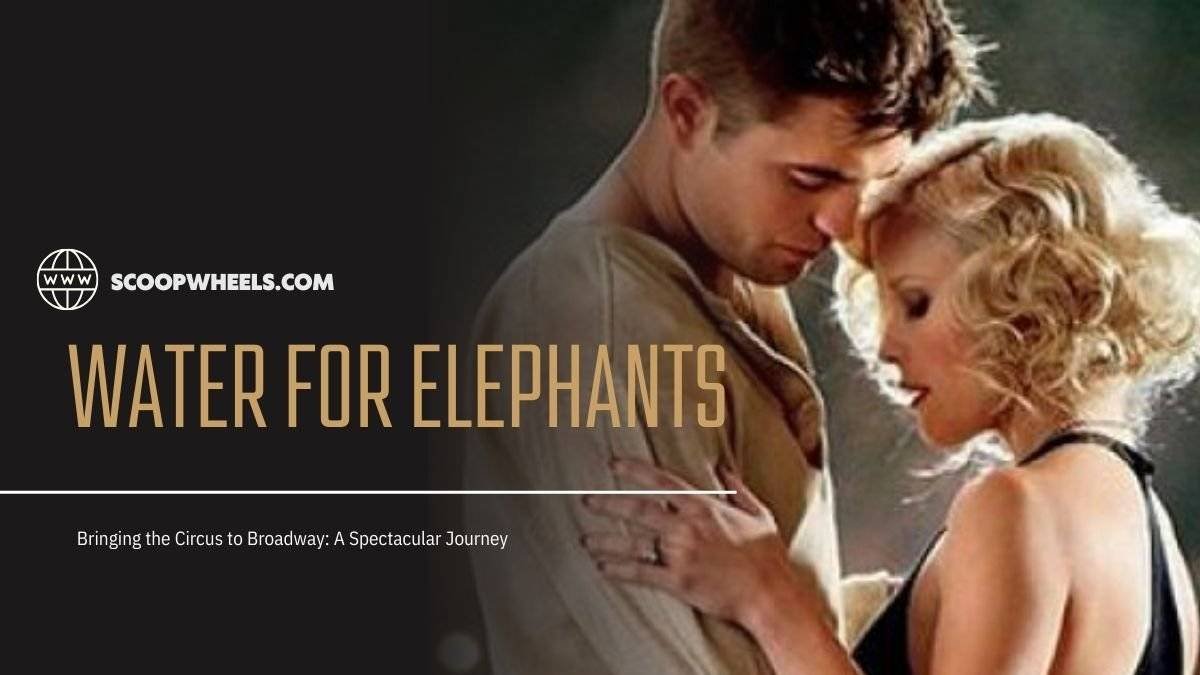Introduction to Audio in Video Production
Regarding video creation, audio components are absolutely essential for improving the viewing experience. Among these, music and sound effects are especially important—though different—in their functions. Knowing when and how to apply each will greatly improve the quality of your video material, therefore increasing its impact. This page offers ideas on how to download copyright free music and sound to enhance your videos by means of insights on the functions of sound effects and music.
The Role of Sound Effects
Sound effects are audio elements used to accentuate and balance the visual elements of a video. These cover both more abstract sounds like future beeps and realistic noises like footsteps and door creaks. An immersive and dynamic viewing experience depends on sound effects.
When to Incorporate Sound Effects
- Enhancing Visuals: Use sound effects to amplify the impact of visual actions. For instance, a whoosh sound can add excitement to a fast-moving object, while a crash sound can make a collision scene more dramatic.
- Building Atmosphere: Sound effects can set the tone of a scene, creating a specific ambiance. Ambient sounds like birds chirping or city noises can transport viewers to different environments, enhancing the realism of your video.
- Highlighting Key Moments: Employ sound effects to draw attention to crucial moments in your video. For example, adding a suspenseful sound effect before a dramatic reveal can heighten viewer anticipation.
Finding and Downloading Copyright-Free Sound Effects
Using copyright-free sound effects helps you to make sure your film stays legally compliant. Many internet sites provide excellent, download copyright free sound effects fit for several uses. Look for reliable sites that offer sound effects with explicit licencing terms so you may utilize them without legal questions in your projects.
The Function of Music in Video Production
In videos, music functions more broadly since it adds emotional depth and strengthens the whole story. Music sets the ambiance and supports the emotional tone of the video unlike more situational sound effects. It serves as a background constantly, enhancing rather than directly engaging with on-screen actions. Additionally, incorporating free PFP options can further personalize and enhance the visual appeal of your videos. These profile picture options allow creators to add unique and engaging elements to their content, making it more relatable and visually appealing to the audience.
When to Use Music
- Establishing Mood: Music is powerful for setting the overall mood of your video. Choose tracks that align with the emotional tone you wish to convey, whether it’s uplifting, somber, or intense.
- Supporting the Narrative: Background music can reinforce the story or message of your video. A well-chosen piece can enhance dramatic moments, underscore key themes, and add depth to the narrative.
- Branding and Identity: Consistent use of specific music tracks can help establish and reinforce your brand’s identity. Use music that reflects your brand’s personality and tone, creating a recognizable audio signature for your content.
Selecting and Downloading Copyright-Free Music
Using copyright-free music is absolutely essential to prevent infringement problems when using music into your movies. Search for online music collections with clearly licencing choices and royalty-free tracks. Make sure the chosen music accentuates the tone and style of the video so complement the general direction of your work.
Balancing Music and Sound Effects
Achieving a harmonious balance between sound effects and music is essential for creating a polished video. Here’s how to strike the right balance:
- Volume Levels: Adjust the volume levels of sound effects and music so that they complement each other. Sound effects should be prominent during key moments, while music should provide a supportive background without overwhelming the viewer.
- Strategic Placement: Use sound effects sparingly to highlight important actions or transitions, while allowing music to play a consistent role throughout the video. Avoid cluttering the audio space with overlapping effects and music.
- Cohesive Audio Design: Ensure that both sound effects and music work together seamlessly to enhance the video’s overall narrative. A cohesive audio design creates a more engaging and immersive viewing experience.
Conclusion
Both sound effects and music are essential for creating engaging video material and have different uses. Your video projects will be much improved if you know when and how to employ sound effects and music, and if their different purposes are clear. Using copyright-free music and sound effects will maintain your material legally compliant and improve the whole viewing experience. Finding the proper mix of these audio components will produce properly polished and appealing videos.



